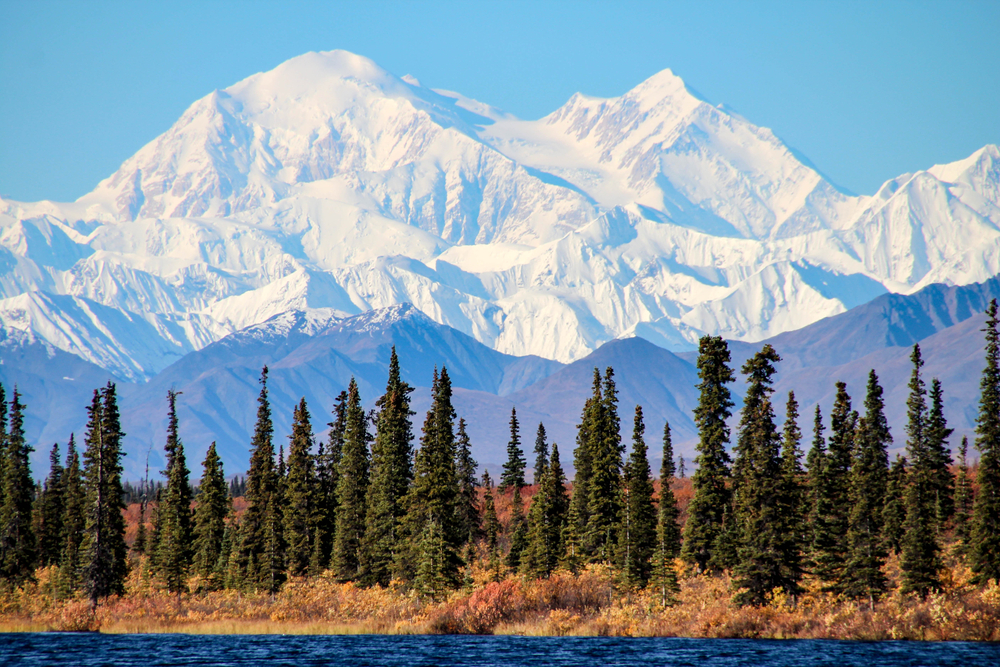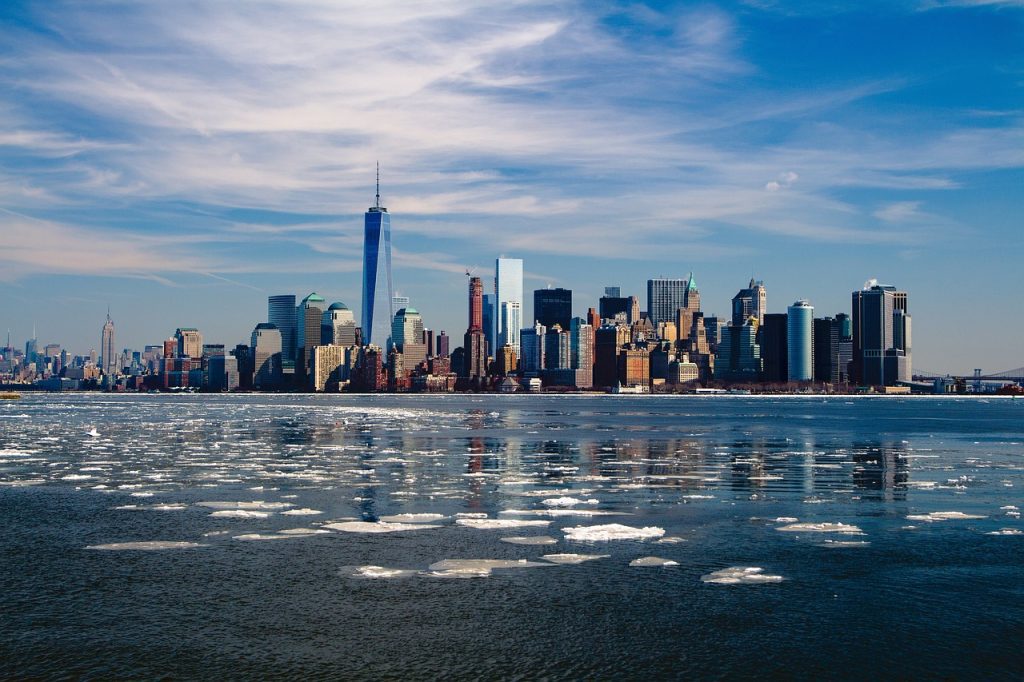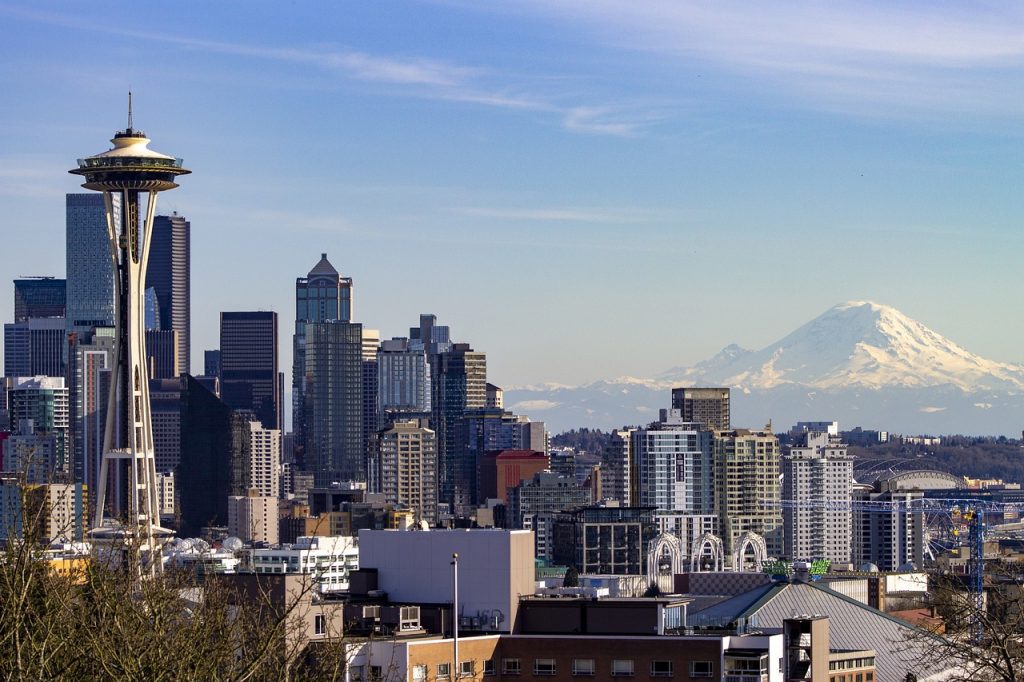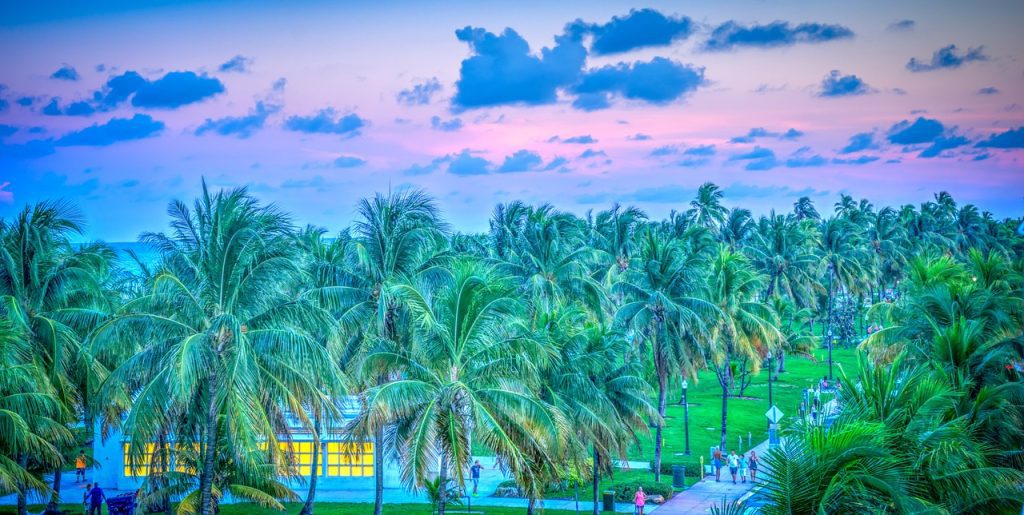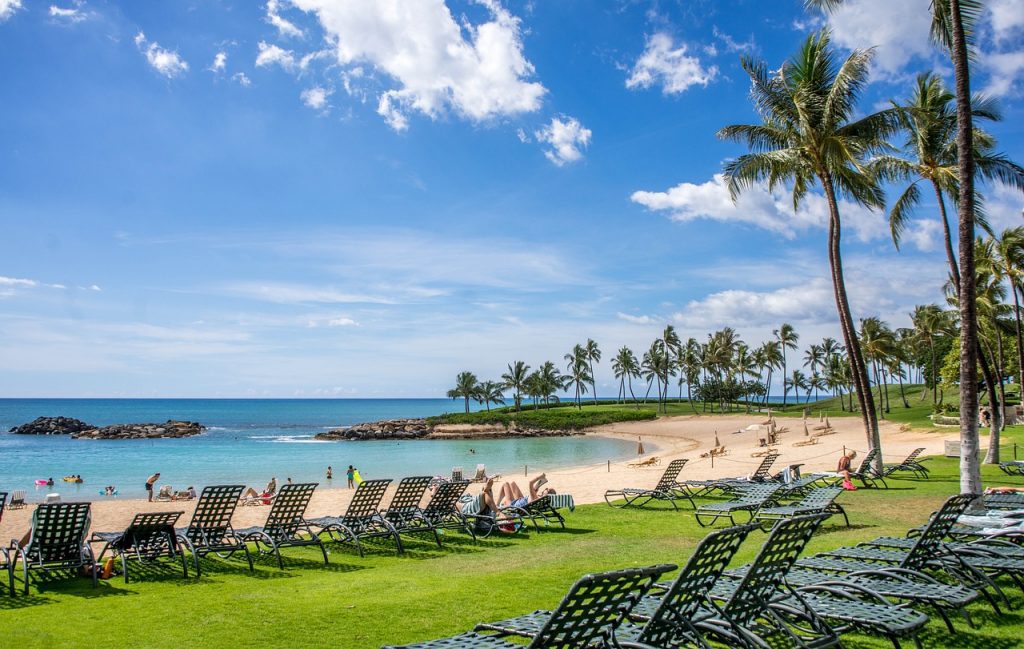Alaska is a land of stunning wilderness and breathtaking landscapes. The country’s largest state offers travelers a unique and memorable experience year-round. However, the question is when exactly is the best time to visit Alaska and experience this remarkable destination?
The best time to visit Alaska depends on various considerations and your collective preferences. Facets to consider include weather, crowds, fishing, and wildlife sightings, along with some other important aspects.
Visiting Alaska based on the Weather
The weather in this remote region of the country can vary greatly depending on the season. If you’re seeking mild temperatures and long daylight hours, the best time to visit Alaska is during the summer months, from June to August.
The weather during these months is much more comfortable when it comes to experiencing the outdoors. This is when Alaska truly comes alive, with temperatures ranging from 50°F to 70°F (10°C to 21°C), making it perfect for outdoor adventures and exploring the stunning national parks.
Alaska is the largest state in the United States. It experiences extreme seasonal weather variations due to its vast size and diverse geography. Here’s a description of the seasonal weather in Alaska:
1. Spring (March to May):
- Spring temperatures in Alaska can vary widely, ranging from 20°F (-6°C) to 50°F (10°C) in many regions.
- Spring marks the end of winter with milder temperatures and longer daylight hours. It’s an excellent time for wildlife viewing, especially for migratory birds.
- However, you need to remember how far north the state sits. It is easy for colder temperatures to still be present or even show up abruptly.
2. Summer (June to August):
- Alaskan summers are relatively mild, with temperatures ranging from 50°F (10°C) to 70°F (21°C) or higher.
- Summers are the best time to visit Alaska for outdoor activities like hiking, fishing, and wildlife viewing. Days are long, with almost 24 hours of daylight in some parts.
3. Autumn (September to November):
- Autumn temperatures range from 30°F (-1°C) to 50°F (10°C).
- Autumn offers cooler temperatures, colorful foliage, and is another excellent time for wildlife viewing. It’s also the time for the Northern Lights in more northern regions.
4. Winter (December to February):
- Alaskan winters are cold, with temperatures often ranging from -20°F (-29°C) to 20°F (-6°C) or lower, especially in the interior.
- Winters are ideal for winter sports like skiing, snowmobiling, and dog sledding. The interior and northern regions have extended periods of darkness.
- Just remember, it’s Alaska and way up north. Temperatures can get mighty cold.
Other Weather-Related Factors:
- Rainfall: Coastal areas of Alaska, particularly in the southeastern region (e.g., Juneau), receive more rainfall, while interior regions experience drier conditions. Coastal areas have a relatively wetter climate year-round.
- Midnight Sun: During the summer months, particularly in the far north, Alaskan regions experience the Midnight Sun, with 24-hour daylight. This phenomenon is unique to high latitudes.
Avoiding Extreme Weather:
- Winter Cold: If you’re not accustomed to extremely cold temperatures, it’s best to avoid visiting Alaska’s interior and northern regions during the winter months.
- Rainy Seasons: While Alaska doesn’t have a distinct rainy season, coastal areas can experience heavy rainfall, particularly in the southeast. Be prepared for wet weather in these regions.
In summary, the best time to visit Alaska depends on your preferences for weather and activities. Summer is the most popular season for outdoor adventures, while winter is ideal for winter sports and witnessing the Northern Lights.
Spring and autumn offer milder temperatures and unique opportunities for wildlife viewing. Be sure to consider the specific regions you plan to visit within Alaska, as the climate can vary significantly across the state.
Visiting Alaska based on the Crowds
For those who prefer a quieter experience, the shoulder seasons of spring (April to May) and fall (September) are ideal. During these times, you’ll encounter fewer tourists, allowing you to enjoy Alaska’s beauty without the hustle and bustle.
Keep in mind that some attractions and accommodations may have reduced hours during these off-peak months. There is also a risk of colder weather. September is probably the best of these months because of the fall foliage that blankets the region in orange, red, and yellow colors.
Exploring Alaska’s Wilderness & Nature Experiences
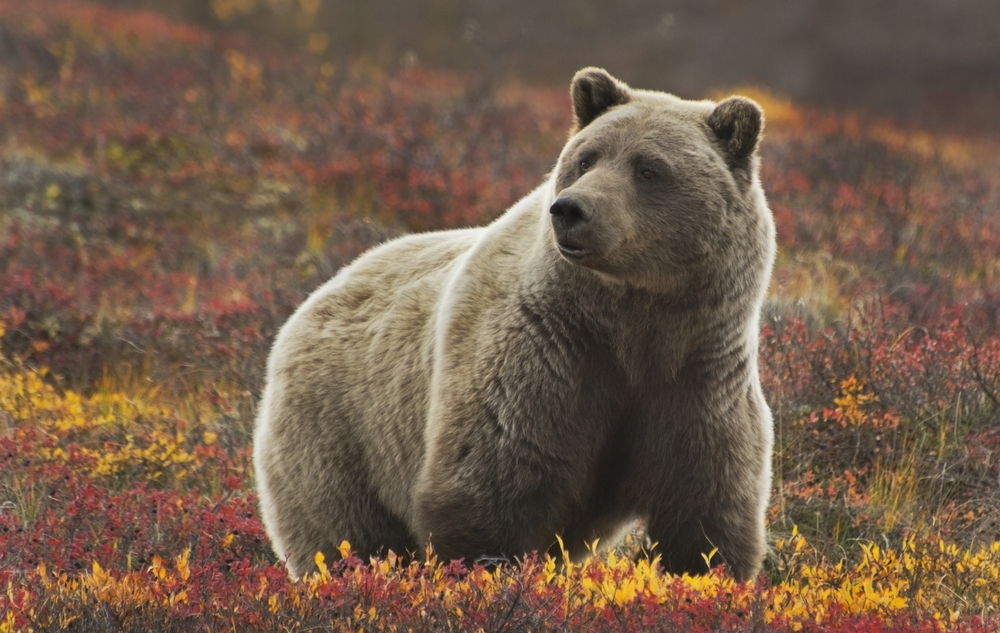
Fishing
Alaska is a paradise for fishing enthusiasts. The prime time for fishing varies depending on the type of fish you’re hoping to catch. Salmon fishing is excellent from May to September, with the peak typically occurring in July. The best time to visit Alaska for fishing is between these months and targeting July.
If you’re after halibut, the best months are June to September. Make sure to check fishing regulations and licensing requirements before you cast your line. If you have a salmon preference, you will also want to check the calendar for anticipated salmon runs that vary throughout the referenced months. July is a safe target for hitting at least one of the salmon runs.
Wildlife Sightings
Alaska’s wildlife is a major draw for many visitors. To witness the spectacular sight of grizzly bears, eagles, and whales, the summer months are your best bet. Consider visiting Denali National Park for a chance to spot iconic animals like moose and caribou against the stunning backdrop of the Alaskan wilderness.
June, July, and August provide the best opportunity for witnessing wildlife that is often roaming about taking advantage of the warmer temperatures. The bears are often following the salmon runs creating another reason to label July as the best time to visit Alaska.
Discover Alaska’s Cultural Experiences
Although it is renowned for its outdoor wilderness experiences, Alaska is so much more. Here are some of the annual events that add to the cultural intrigue of a visit to this amazing destination.
Fur Rendezvous (Fur Rondy): Usually held in late February, Fur Rendezvous is Alaska’s oldest winter festival. It’s a celebration of Alaskan life and culture, featuring a variety of events such as the World Championship Sled Dog Races, snow sculpting, and the Running of the Reindeer. This event allows visitors to experience the spirit of Alaskan winter fun and traditional activities.
Midnight Sun Festival: Taking place in Fairbanks around the summer solstice in June, the Midnight Sun Festival celebrates the phenomenon of the midnight sun, where the sun doesn’t set for a period of time. The festival features live music, local arts and crafts, food vendors, and a lively street fair atmosphere.
Alaska State Fair: Held in Palmer every August, the Alaska State Fair is a major event that showcases the state’s agricultural and creative achievements. Visitors can enjoy a wide range of attractions, including agricultural exhibitions, carnival rides, live performances, and delicious local food.
Sitka Summer Music Festival: For music enthusiasts, the Sitka Summer Music Festival is a must-attend event. Held annually in June, this festival brings together world-class musicians for a series of concerts, workshops, and events that celebrate classical music against the backdrop of Alaska’s stunning scenery.
Alaska Native Heritage Center Celebrations: Throughout the year, the Alaska Native Heritage Center in Anchorage hosts various cultural events and celebrations that highlight the diverse indigenous cultures of Alaska. These events offer visitors the opportunity to learn about traditional dances, storytelling, crafts, and the history of native communities.
Alaska Folk Festival: If you’re a fan of folk music, the Alaska Folk Festival held in Juneau every April is a must-visit. Musicians from around the state gather to perform and celebrate traditional and contemporary folk music in a friendly and welcoming atmosphere.
Other Important Considerations:
- Northern Lights: If you’re enchanted by the idea of witnessing the Northern Lights, plan your trip between September and April. Fairbanks and other northern regions offer some of the best opportunities to experience this natural wonder. The days are shorter, and the nights are longer meaning the temperatures are colder as well. Bundle up because the northern lights are a worthwhile endeavor to experience.
- Activities: Think about the activities you want to partake in. From hiking and kayaking in the summer to dog sledding and snowshoeing in the winter, your chosen time of visit should align with your preferred activities.
- Budget: Travel expenses can vary based on the season. High tourist season might mean higher prices for accommodations and tours, so consider your budget when planning your trip. Jun – Aug will experience higher prices than the shoulder season of April, May, and September.
In conclusion, the best time to visit Alaska depends on what you’re looking to experience. Whether you want to explore the great outdoors, witness incredible wildlife, or simply enjoy a serene escape, Alaska has something to offer year-round.
Consider the factors that matter most to you and get ready for an unforgettable journey to the Last Frontier. It is important to consider the various cultural events as well to see how that might align with your calendar planning.
However, it is not hard to see that July is probably the most coveted month of visitors planning a trip to Alaska. If you looking to visit Alaska in July, make sure you plan ahead and secure all reservations that may be needed.

